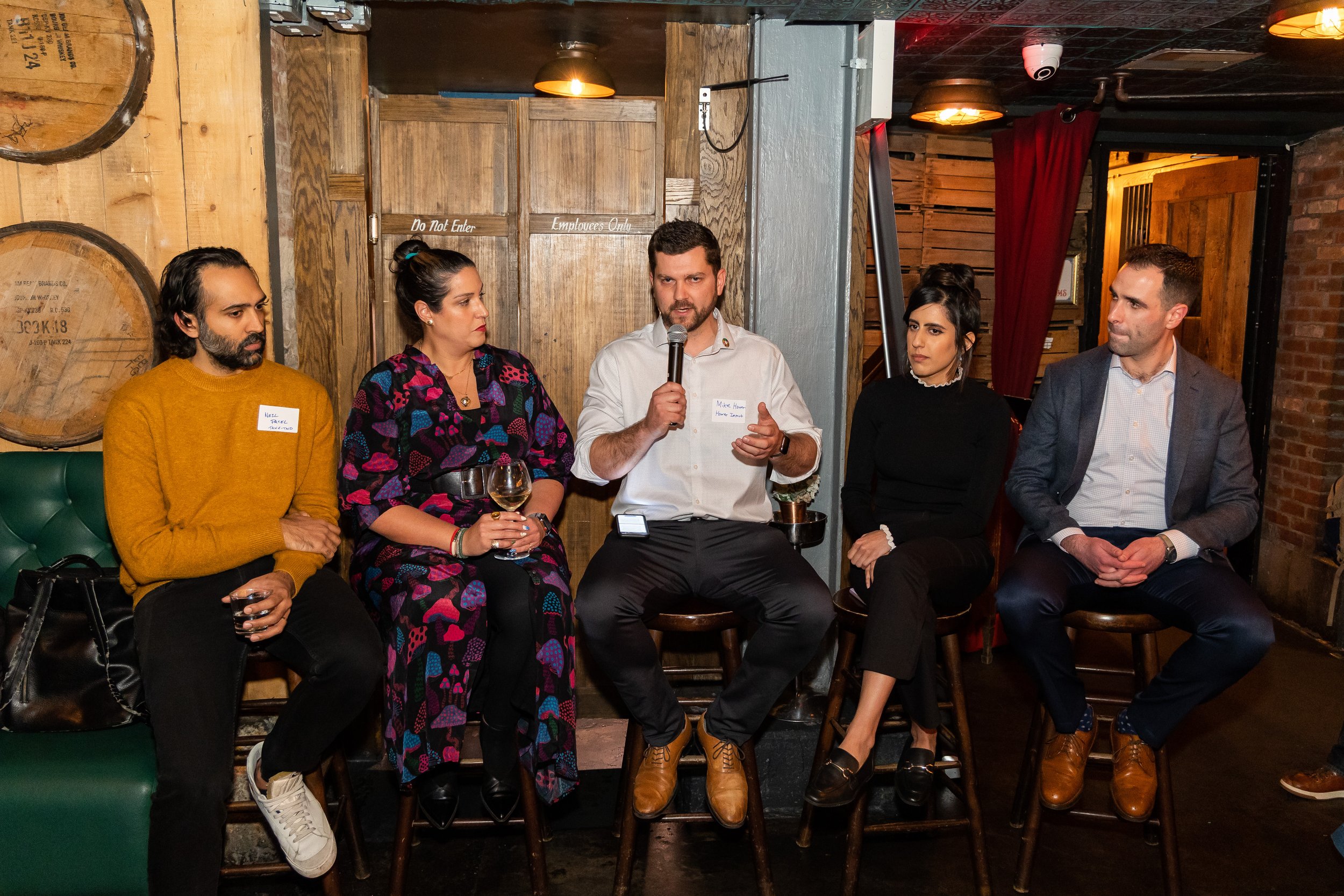Communicating ESG during difficult times
Impact Hour New York featured a panel discussion on how to communicate ESG during difficult times.
The recent shocking — if not surprising — report from the Intergovernmental Panel on Climate Change came with the following message by the United Nations Secretary-General Antonio Guterres: “Our world needs climate action on all fronts — everything, everywhere, all at once.”
The good news is that we — the people living on this planet — already have many, if not most, of the tools and strategies needed to avert climate catastrophe. What we lack is the collective will to act decisively to implement them at scale. Doing so will be difficult because it means interesting, educating, and inspiring millions of people to change. And the only way to do that is through effective communication.
Over the past couple of years, corporate sustainability has moved to the forefront of many business and political discussions. Yet even as more recognize the business case for integrating social and environmental action with core business strategy, some voices disagree.
Last week during Impact Hour New York, a philanthropic event which brought together about 100 impact professionals of all levels and from across industries, I led a panel discussion on communicating ESG during difficult times with four sustainability and ESG leaders from the tech, insurance, consumer goods, and consulting sectors. The goal of the night was to raise money for the Multiple Myeloma Research Foundation, which does life-saving research for a cancer my father currently is battling.
The panel included Josh Wiener, vice president, Global Sustainability & Climate Lead at MetLife; Danielle Azoulay, former vice president and head of ESG Strategy at Bed, Bath & Beyond; Neil Patel, senior director, ESG at Take-Two Interactive Software; and Amarie Powar, senior climate advisor at South Pole.
Here are some of the key takeaways from the discussion about communicating ESG during difficult times.
1. Communicate beyond the sustainability report
While more companies are putting out annual sustainability reports than ever before to satisfy investors, ratings agencies, and other interested parties, most stakeholders never read them. To effectively tell their sustainability story, companies must go beyond reports to meet customers, employees, and other stakeholders where they are.
“We take a stakeholder-led as opposed to a one-size-fits-all approach to sustainability communication,” said Wiener. “We put a lot of equity into building our own engagement.”
MetLife, for example, has a sophisticated sustainability landing page on its website which includes News & Insights, an ESG Data Center, informative videos, and more. The company works with its brand and marketing teams on social media testing to deliver its sustainability story via bite-sized pieces of information.
“Year-round communication is key,” said Wiener.
2. Stop conflating ESG and sustainability
Over the past few years as ESG has risen to prominence, it has been common for corporate communicators, the media, and others to use ESG interchangeably with sustainability. But this is a dangerous practice.
“ESG is in my title but I often wonder if we need to change it,” said Patel. “In reality, sustainability is broader and about how a company addresses its impacts on the world, while ESG is a framework for providing information to investors.”
Azoulay agreed. “I always define ESG as single stakeholder sustainability and social responsibility just for the investors,” she said.
However, many continue to communicate ESG as if it’s the same as sustainability. Companies looking to more effectively tell their sustainability story must differentiate between sustainability and ESG.
3. Stand strong in the face of anti-ESG rhetoric
No conversation on sustainability communication would be complete without touching on the rise of anti-ESG rhetoric in the United States. This recently has been gaining more attention with Florida Governor Ron DeSantis announcing an alliance with 18 other states to push back against President Biden’s support for ESG, and an array of folks lamenting the very idea of factoring social and environmental considerations into business decisions.
“The anti-ESG sentiment is not something that I'm particularly concerned about,” said Azoulay. “When I hear it, it’s obvious that these people don’t know what they’re talking about. I don’t see this as a long-term threat.”
The anti-ESG rhetoric is rooted in misconceptions about what exactly it means for a business to align sustainability and business strategy, the panelists agreed. Embracing ESG is just about good business.
“Our job as an insurance company is to protect customers, facing uncertain times and make sure we can live up to our future promises,” said Wiener. “And we do that through a very holistic approach, which includes an array of factors so we can meet our business objectives and serve as a greater force for good in the world”
Companies should stay the course and keep doing what they’re doing as the anti-ESG rhetoric likely will die out as the political winds change.
4. Be wary of green hushing
By now, most have heard of greenwashing — or when companies make false claims of sustainability action. But what is becoming increasingly common is a phenomenon called ‘green hushing’ — whereby companies which have taken positive social or environmental actions deliberately stay quiet about it out of fear of backlash.
“Green hushing is something we’re really seeing companies struggle with right now,” said Powar. “And that's coming from this fear of the media digging deeper into what they’re doing and criticizing them.”
Powar said that South Pole advises its clients to publicize sustainability accomplishments in the right way. This means making sure that sustainability is at the heart of what a company does, and that these actions are tied to their purpose.
“It’s also important to have everyone in the company on board with what it is that you're trying to do and have internal alignment as well — everybody should be singing from the same song sheet,” said Powar.


